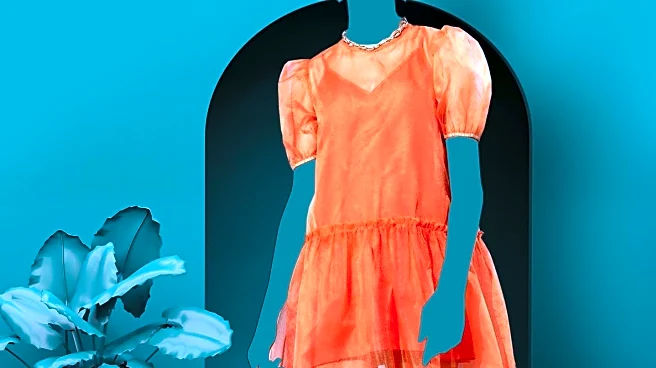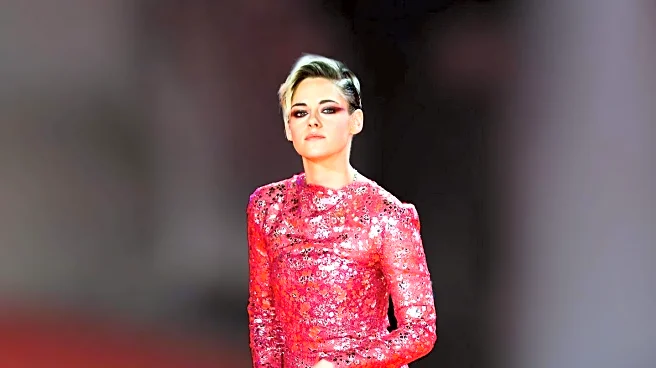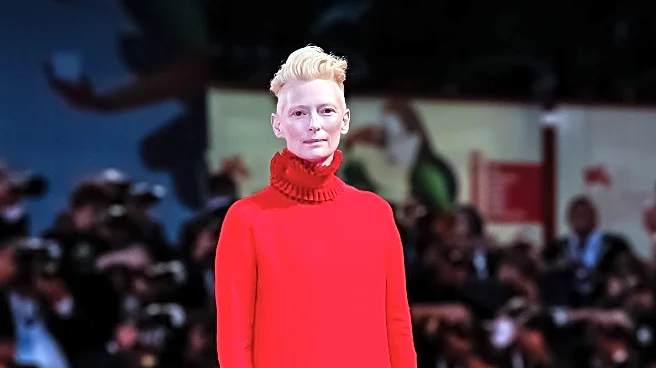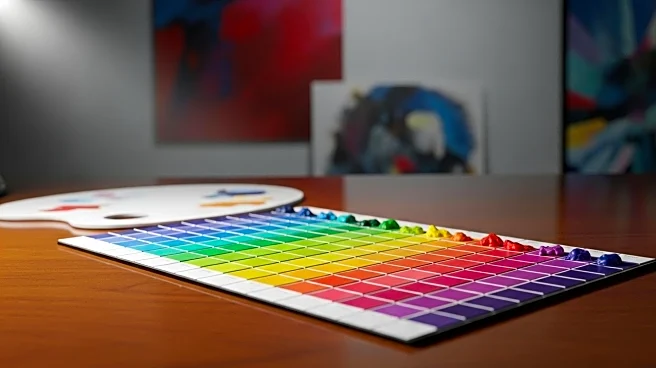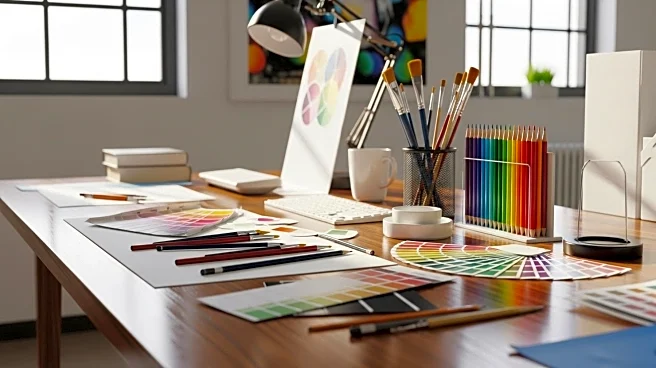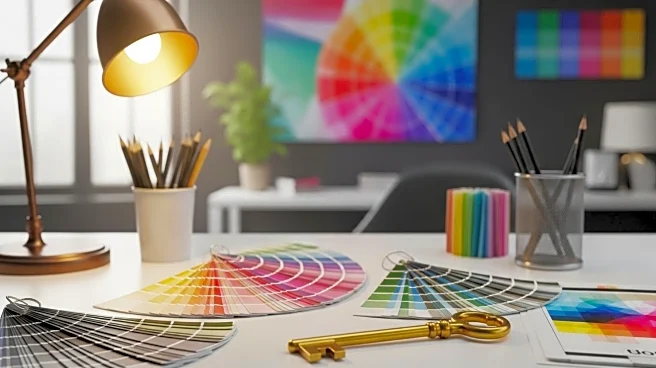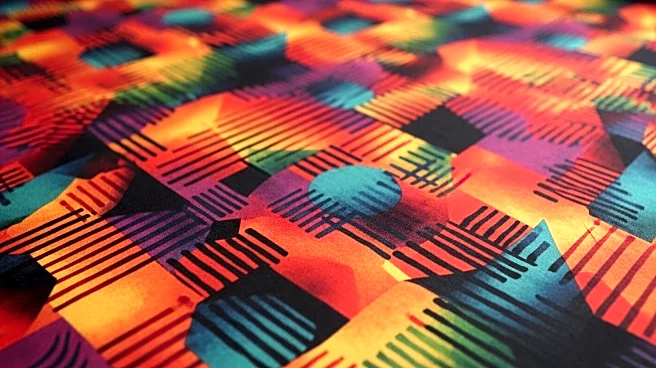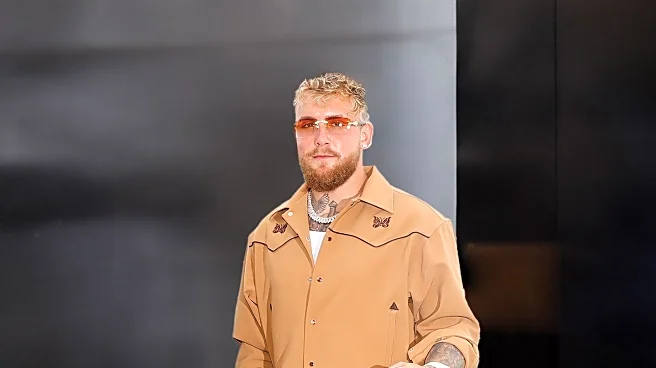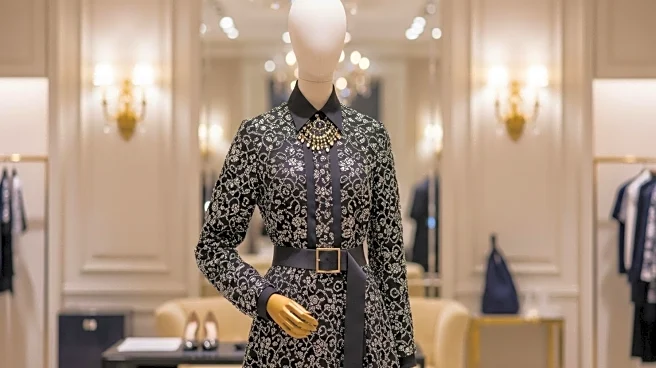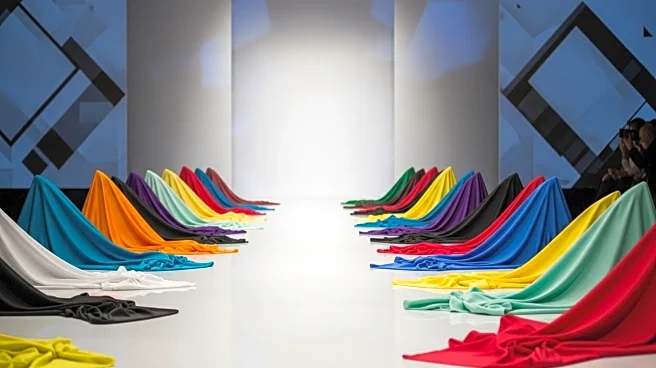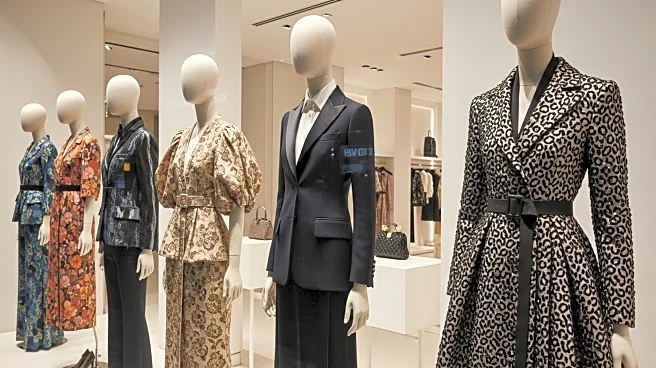What is the story about?
What's Happening?
The fashion industry is experiencing significant changes as new designers prepare to debut at the spring 2026 ready-to-wear shows. Over the past two years, the industry has seen a 'big vibe shift,' with numerous designer appointments reported throughout 2025. Notable designers such as Pierpaolo Piccioli and Demna are among those involved in this reshuffle, alongside emerging talents like Nicholas Aburn at Area and Miguel Castro Freitas at Mugler. Established designers like Lazaro Hernandez and Jack McCollough have left New York to join Loewe in Paris, while Matthieu Blazy is set to debut at Chanel. This period marks a transformative moment in fashion, with new creative directions and opportunities for rising stars.
Why It's Important?
The introduction of new designers and the reshuffling of established names in the fashion industry could lead to innovative trends and fresh perspectives. This shift may impact the global fashion market, influencing consumer preferences and brand strategies. Established brands like Christian Dior and Chanel, now under new creative leadership, may redefine their identities, affecting their market positioning and competitive dynamics. Emerging designers have the opportunity to bring unique visions to the forefront, potentially altering the landscape of fashion design and production. The industry-wide changes could also affect employment patterns and collaborations within the fashion sector.
What's Next?
As the spring 2026 shows approach, the fashion industry will closely monitor the debut collections of these new designers. Stakeholders, including fashion houses, retailers, and consumers, will assess the impact of these changes on brand identities and market trends. The success of these designers could lead to further shifts in creative leadership across the industry. Fashion critics and analysts will likely evaluate the collections for their innovation and commercial viability, influencing future appointments and collaborations. The industry may also see increased investment in emerging talent as brands seek to capitalize on fresh ideas and perspectives.
Beyond the Headlines
The reshuffling of designers highlights the evolving nature of the fashion industry, where creativity and adaptability are crucial for success. This period of change may encourage brands to explore sustainable practices and diverse representation in their collections. The emphasis on new talent could lead to a more inclusive and dynamic fashion landscape, reflecting broader societal shifts towards diversity and innovation. As designers navigate these changes, ethical considerations around labor practices and environmental impact may become more prominent, shaping the future of fashion.
AI Generated Content
Do you find this article useful?
